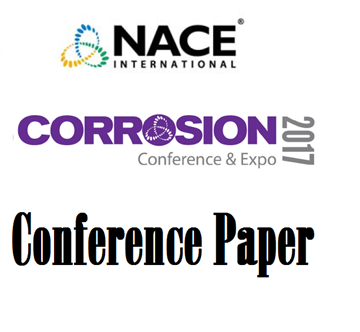Search
11262 Under-deposit Corrosion Failure of a Compressor after Stage Cooler at an NGL Plant- A Case Study
Also Purchased
Under-Deposit Corrosion in a Sub-Sea Water Injection Pipeline—A Case Study
Product Number:
51317--8973-SG
ISBN:
8973 2017 CP
Publication Date:
2017
$20.00
11266 Under Deposit Corrosion From Iron Sulfide
Product Number:
51300-11266-SG
ISBN:
2011 11266 CP
Publication Date:
2011
$20.00
05288 Test Methodologies and Field Verification of Corrosion Inhibitors to Address under Deposit Corrosion in Oil and Gas Production Systems
Product Number:
51300-05288-SG
ISBN:
05288 2005 CP
$20.00




